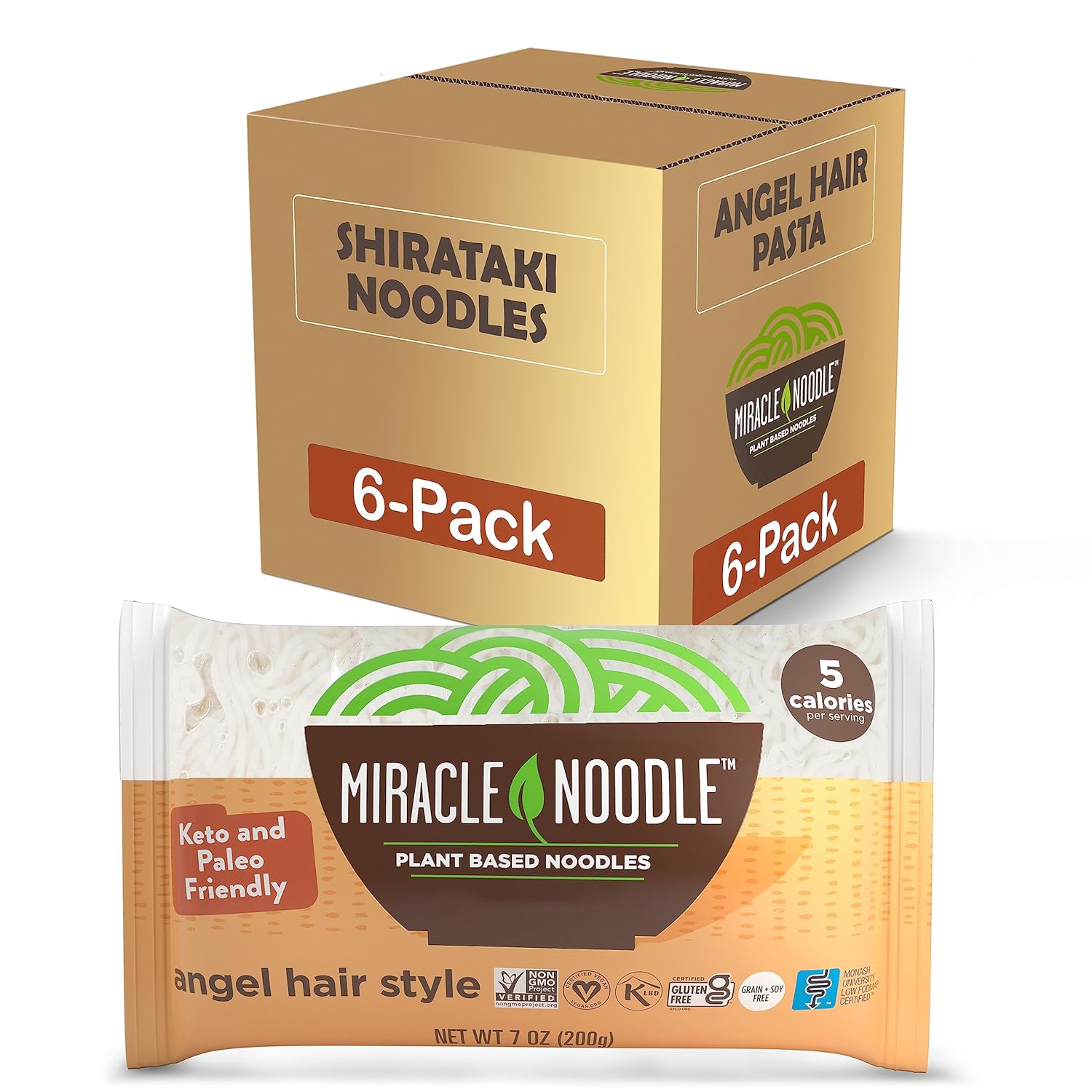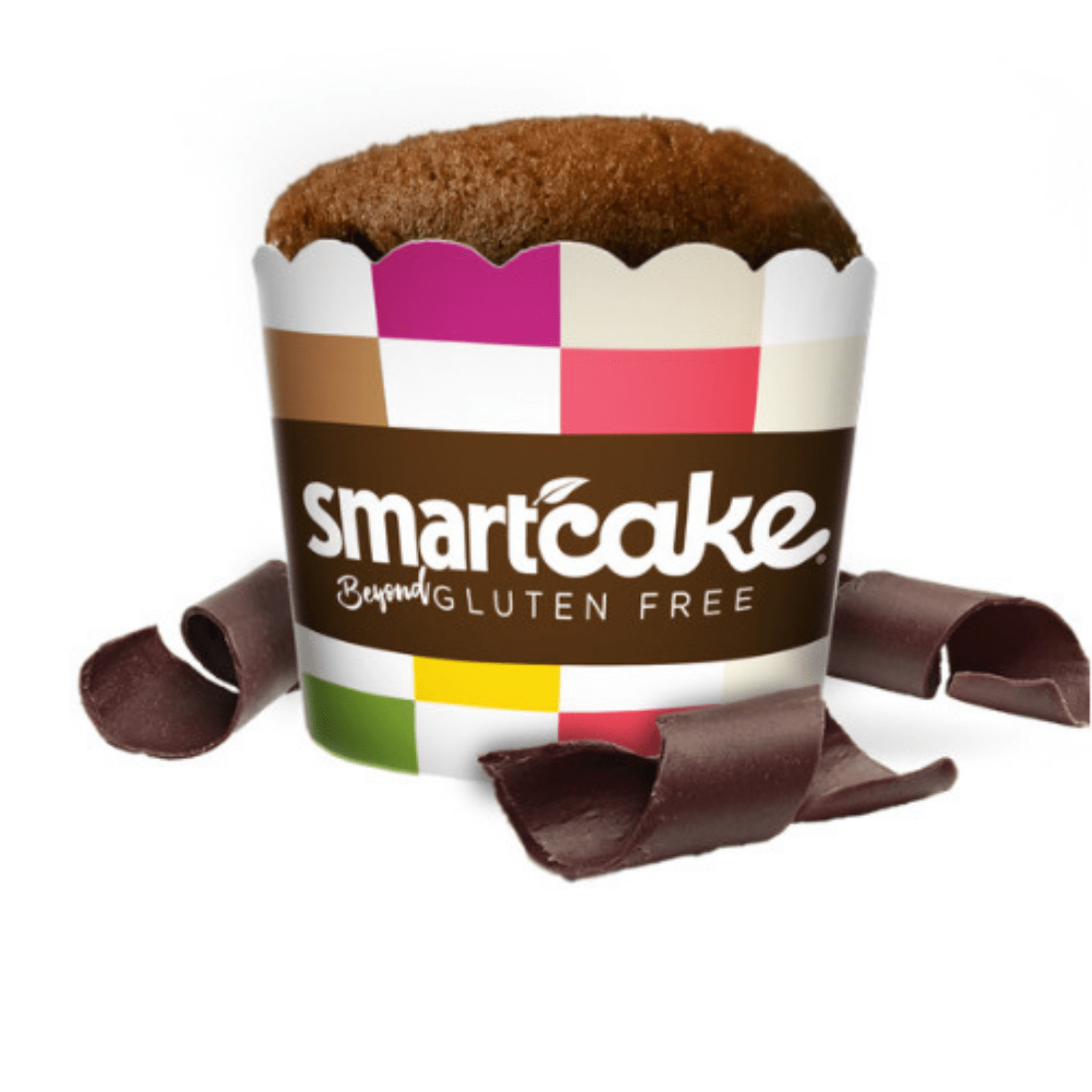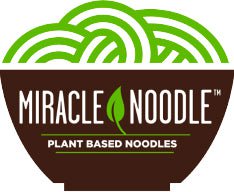Which person is healthier: the vegan or the bacon-cheeseburger devouring carnivore? How about a vegetarian or someone who eats no red meat but on occasion, just chicken and fish?
While some people might automatically assume the vegan or vegetarian is far healthier than a carnivore, the truth is, vegans and vegetarians can be quite unhealthy, even obese.
Consider that chips, crackers, cookies, cakes, soda and lots of other processed foods are often meat-free and some even animal-product free for zealous vegans.
Activity level also plays a major role in determining health. A vegan computer programmer who seldom exercises and sits at a desk for 12-plus hours a day, subsisting on bags of chips for sustenance, is probably far less healthier than a three-steaks-a-week bodybuilder.
Gluten-free diets are no different. Though the 11-figure gluten-free product industry would almost certainly seem to result in greater health across the board for those who have ditched modern wheat products, the fact is that many gluten-free products are about as healthy as meat-free processed snacks for vegans.
In other words, just because it says ‘gluten-free’ does not mean it’s healthy.
People who have ditched wheat flour for its blood-sugar raising after-effects may be surprised to learn that potato starch and rice flour both spike your blood sugar just as much as many sugary desserts. So before you merrily plop down on the couch watching your favorite TV show, eating gluten-free crackers, thinking you can enjoy them guilt-free, think again.
If you do need to have your gluten-free crackers and eat them, too, do combine them with a natural fat and protein to lower the blood sugar spike. Raw almond butter is an example.
Any processed food runs the risk of spiking your blood sugar and creating a release of insulin. Remember: if your cells are already saturated with sugar, the insulin will not be able to escort the sugar that was released into your bloodstream from the 20 gluten-free crackers you just ate; your cells can’t absorb more sugar, so the excess sugar gets stored as visceral fat around the abdomen. This is the most dangerous fat to put on the body.
So therein lies the gluten-intolerant’s dilemma: If most food products contain wheat, and now upon learning that many gluten-free alternatives could be no healthier, what should you do if you are sensitive to wheat or gluten?
- The first rule of thumb is to simply use common dietary sense. Is a gluten-free brownie a health food? Is it more nutritious than steamed kale or broccoli? Of course not. Eat a diet rich in all-natural foods. Remember: if it didn’t come from the ground or a tree, or from something that didn’t walk, run, swim or fly, it’s not an all-natural food. Unfortunately for the gluten-free dessert enthusiast, gluten-free brownies do not grow in trees.
- Second: read food labels. Most starches, including the aforementioned potato and rice varieties, are digested very, very quickly, thus resulting in high sugar spikes.
- Third: buy Miracle Noodle. For over a millenia, Miracle Noodle, the guilt-free pasta substitute made from fiber, has been gluten-free, naturally, never processed.
Many gluten-free foods, in their processing to get rid of the gluten, replace wheat proteins with ingredients that are just as potentially belly bloating. Miracle Noodle’s shirataki products have been made the same way ever since Buddhist Monks first developed them.
Unfortunately, the monks did not work on an all-natural gluten-free brownie.
Miracle Noodle comes from the root of a yam plant, and, for lack of a better term, miraculously, takes on the shape, texture (and flavor when you add sauce) of regular high-carb gluten-filled pasta. There’s no danger in Miracle Noodle’s gluten-free products.
Save almost 15% on Miracle Noodle Every Time!
Save an additional 15% off every order by enrolling in the Miracle Noodle autoship program. Choose which products you want delivered and how often. It’s that simple. JOIN TODAY!


